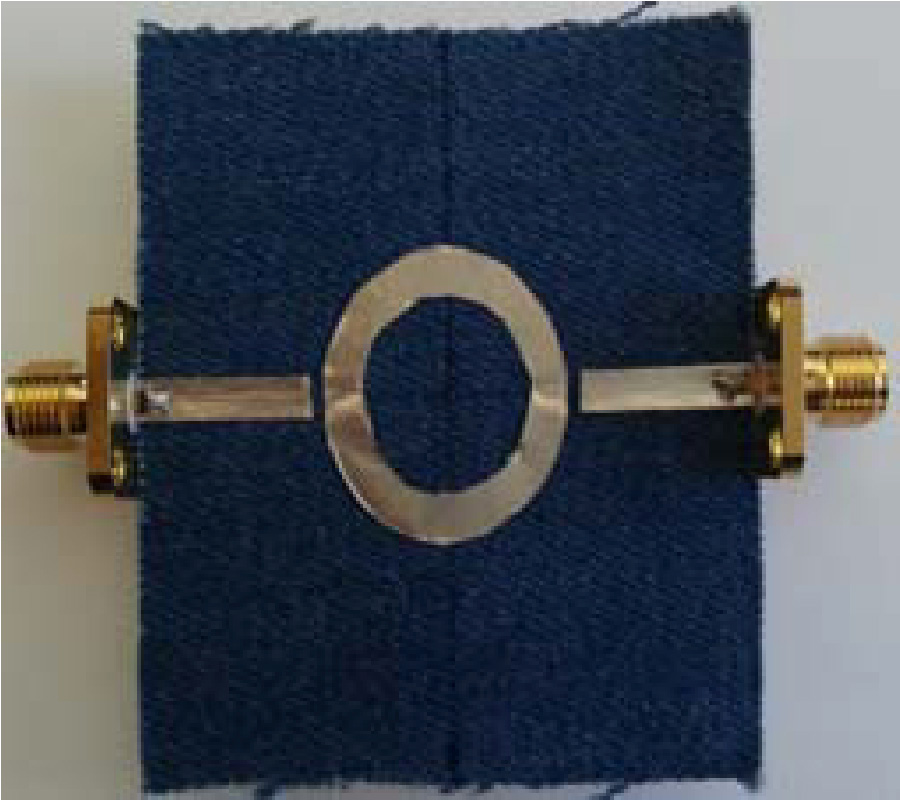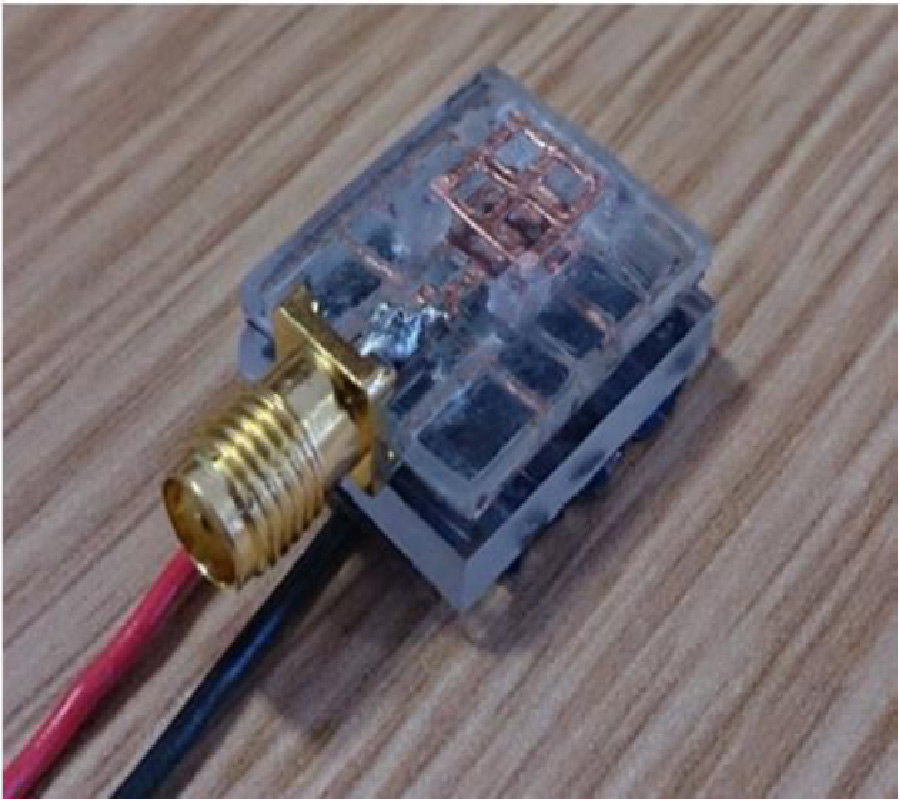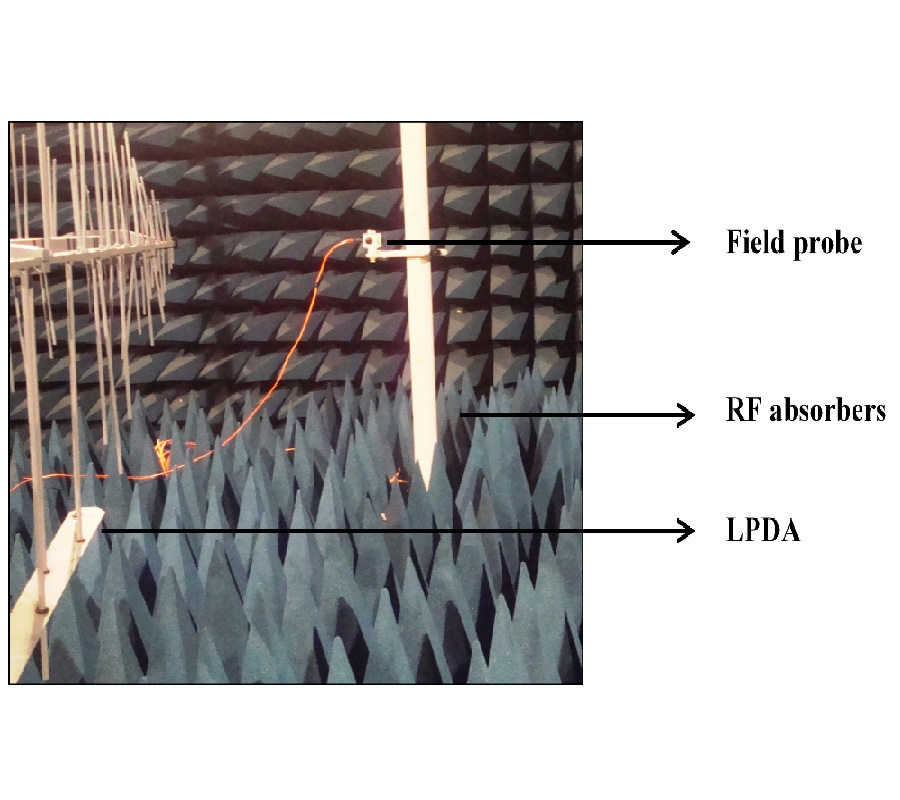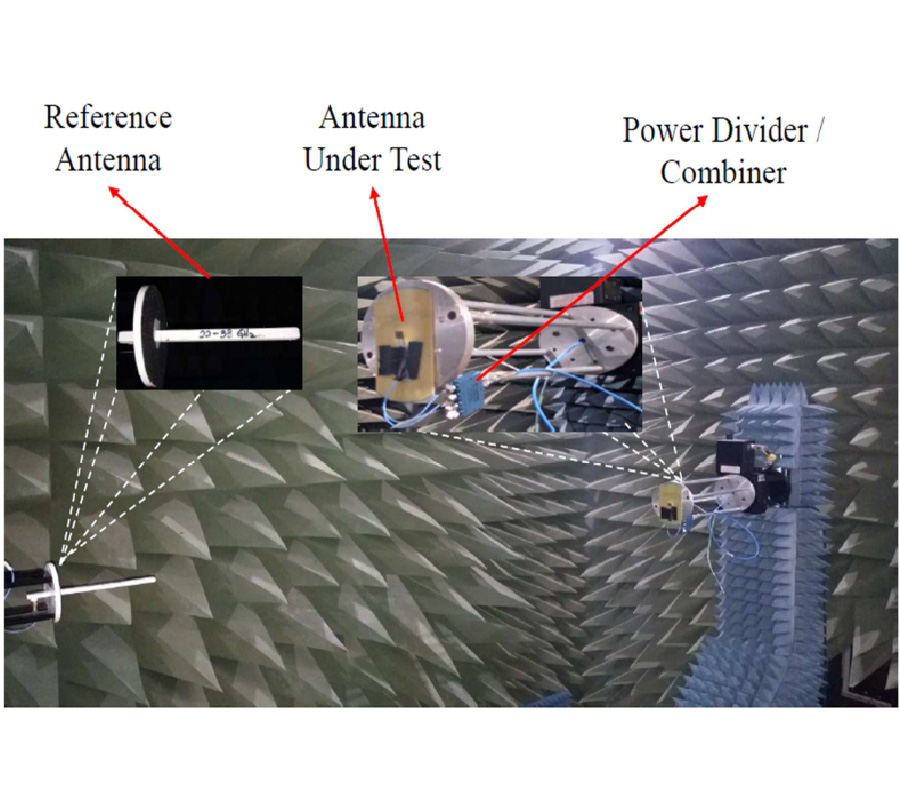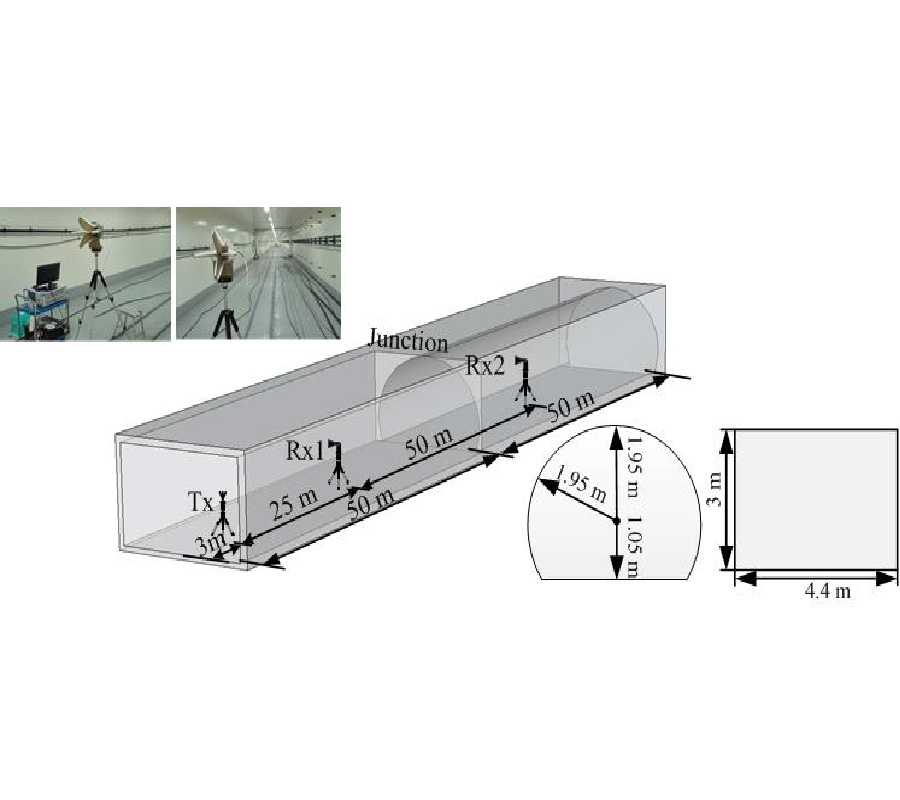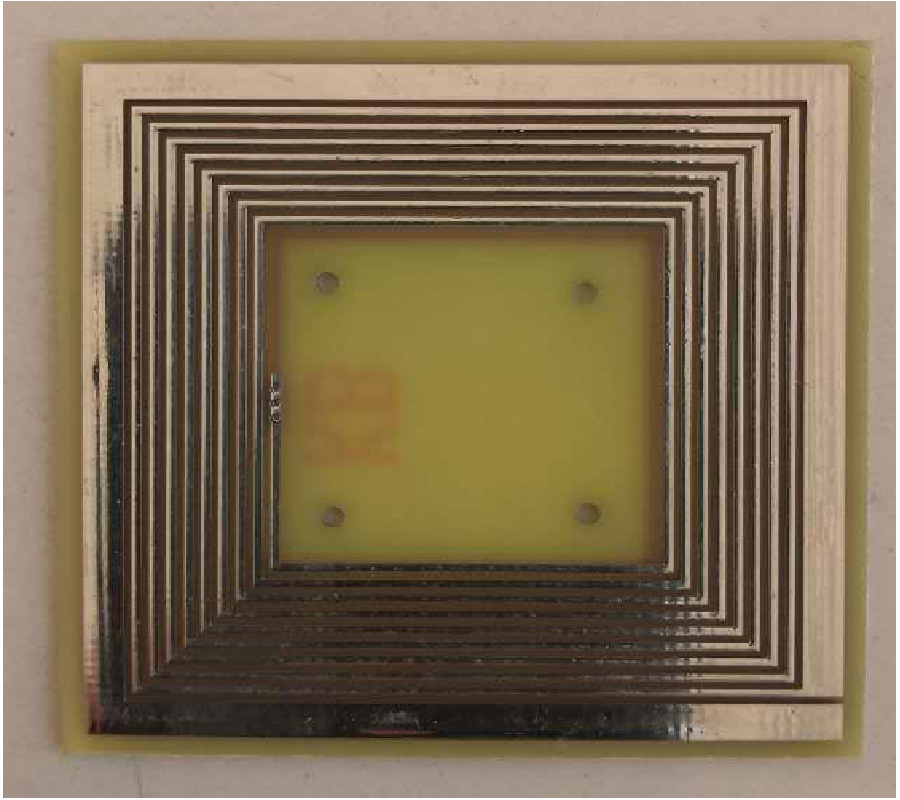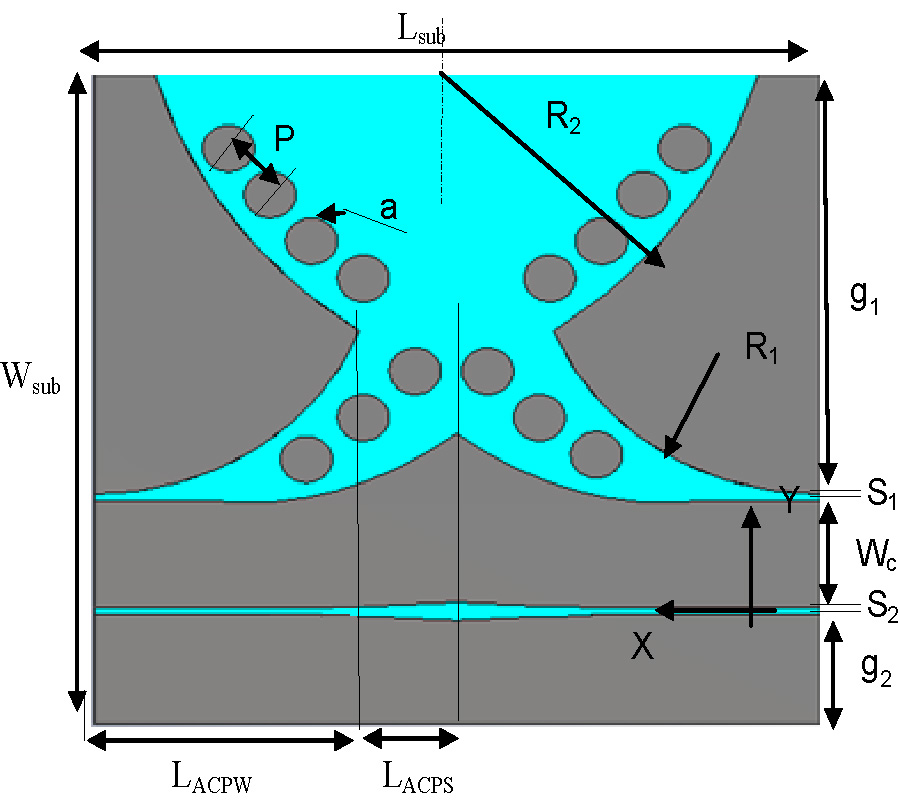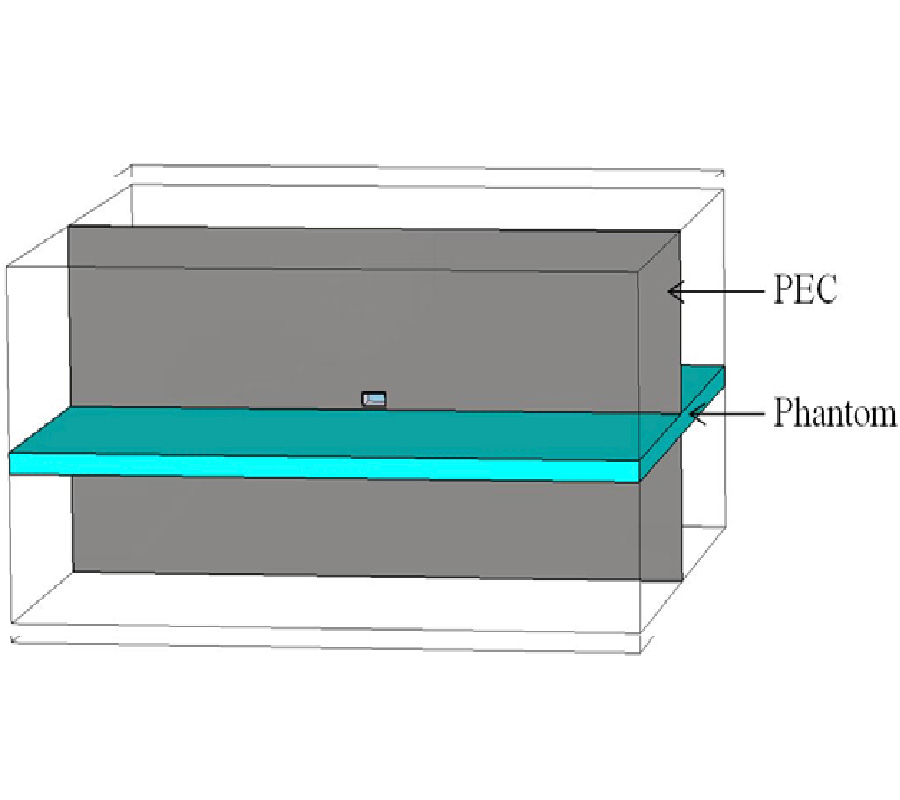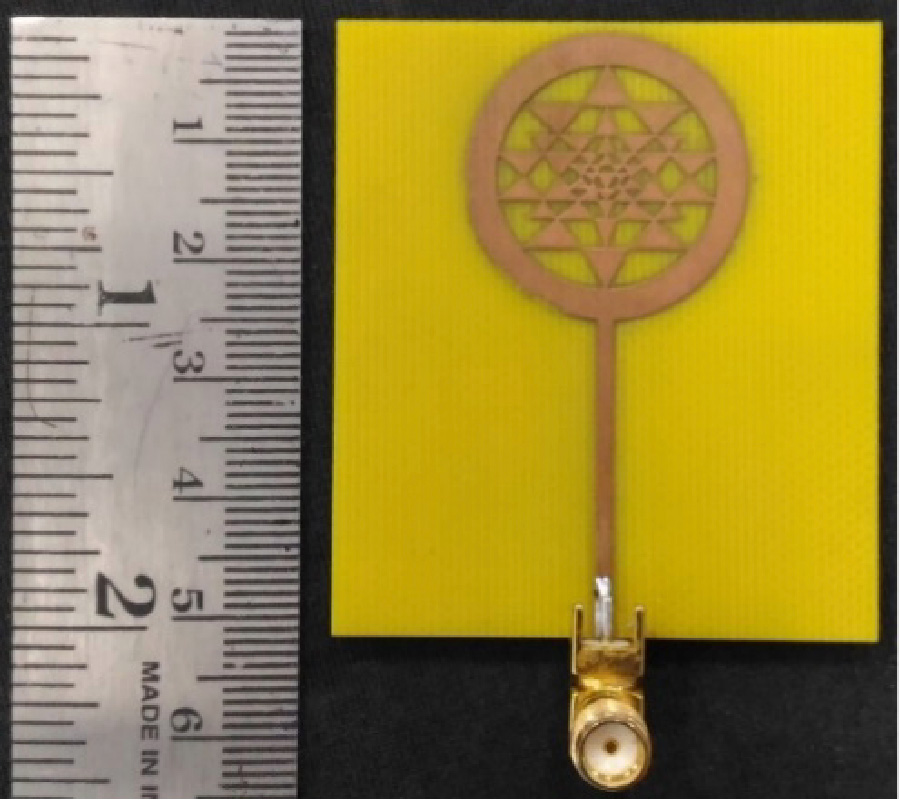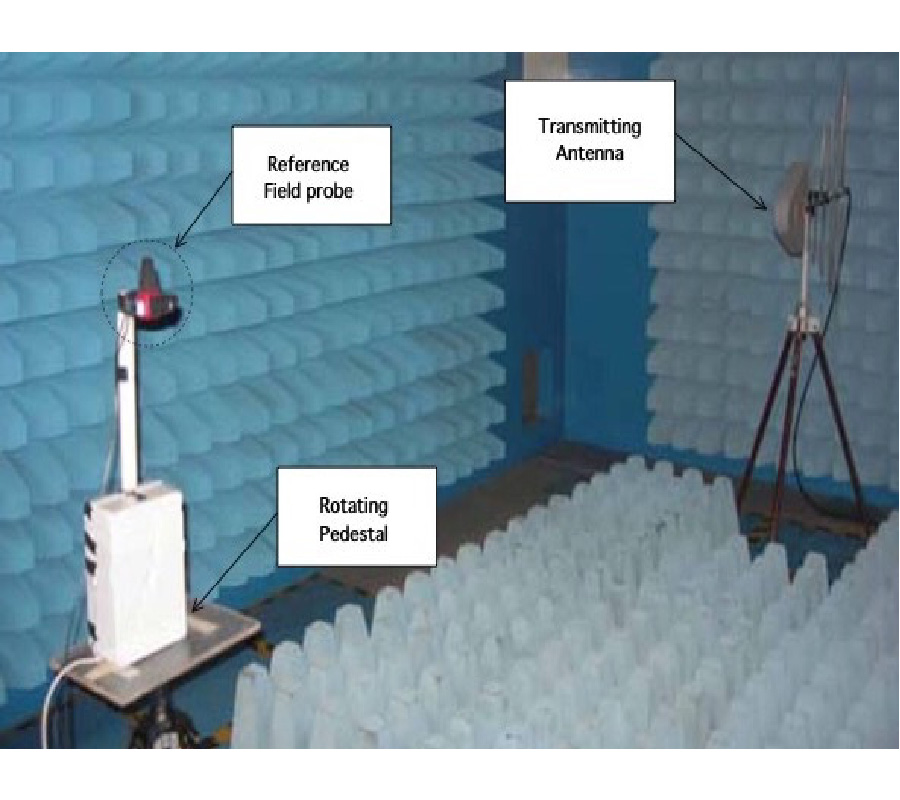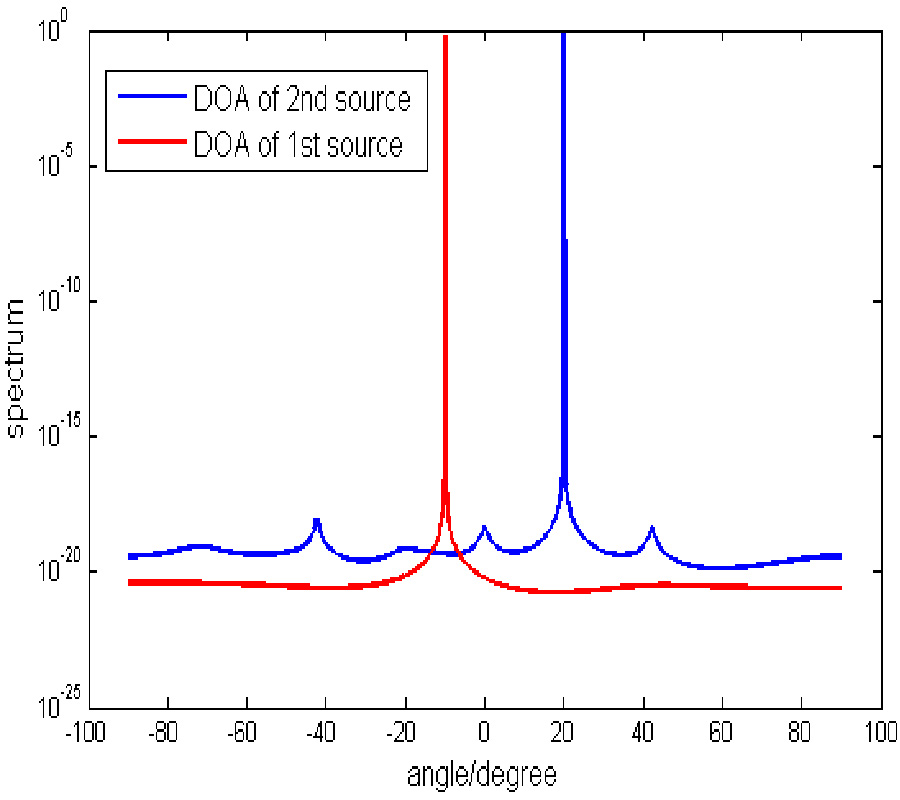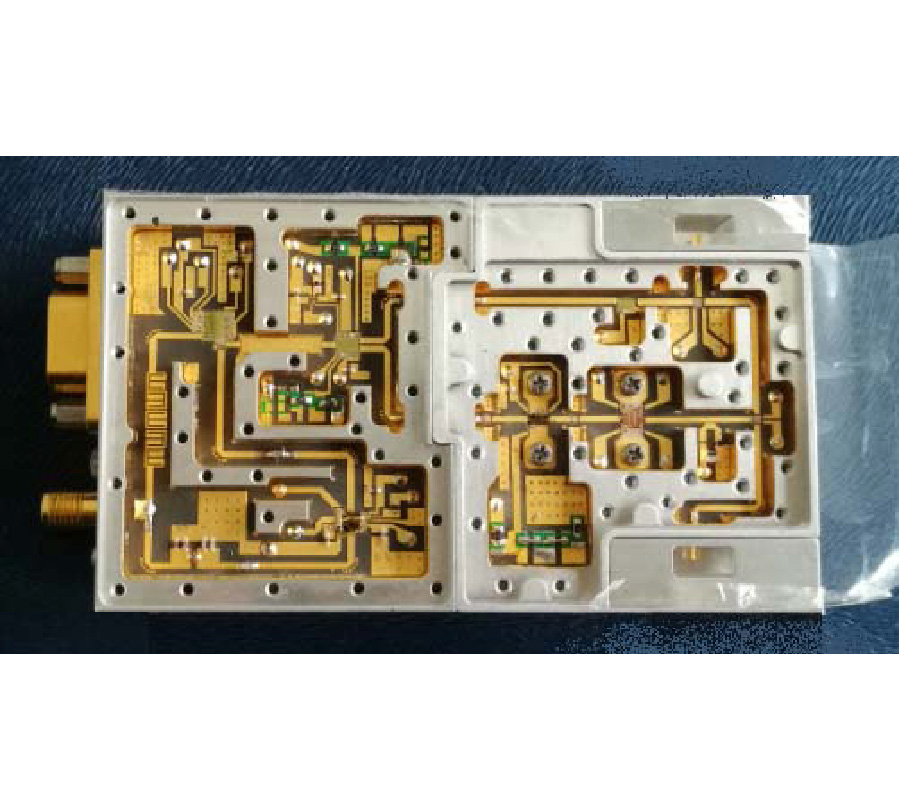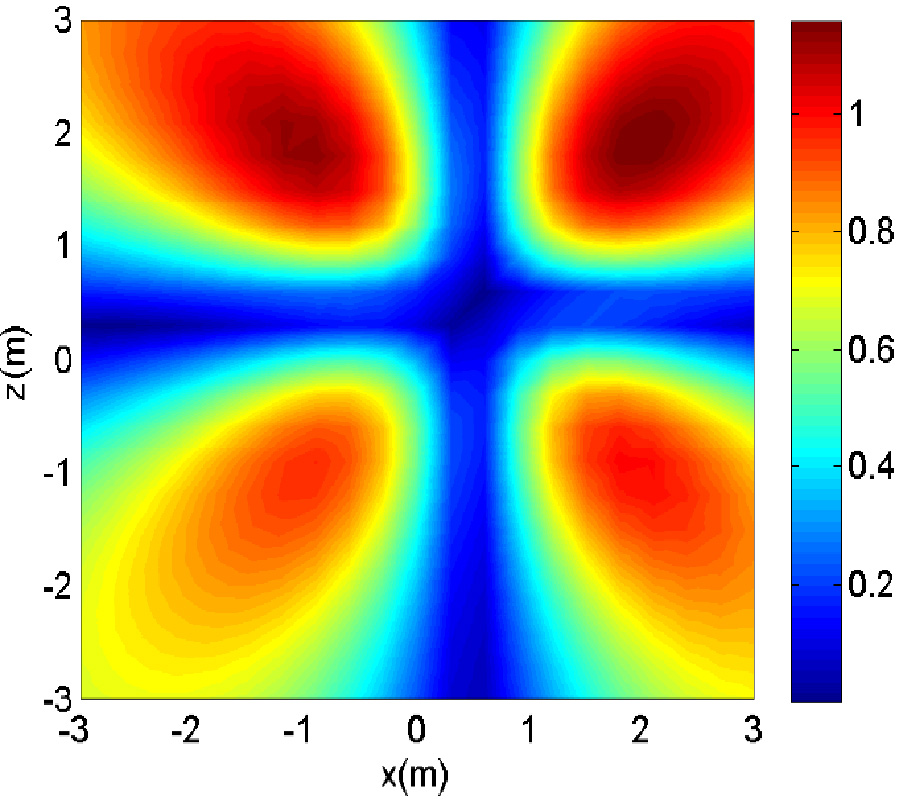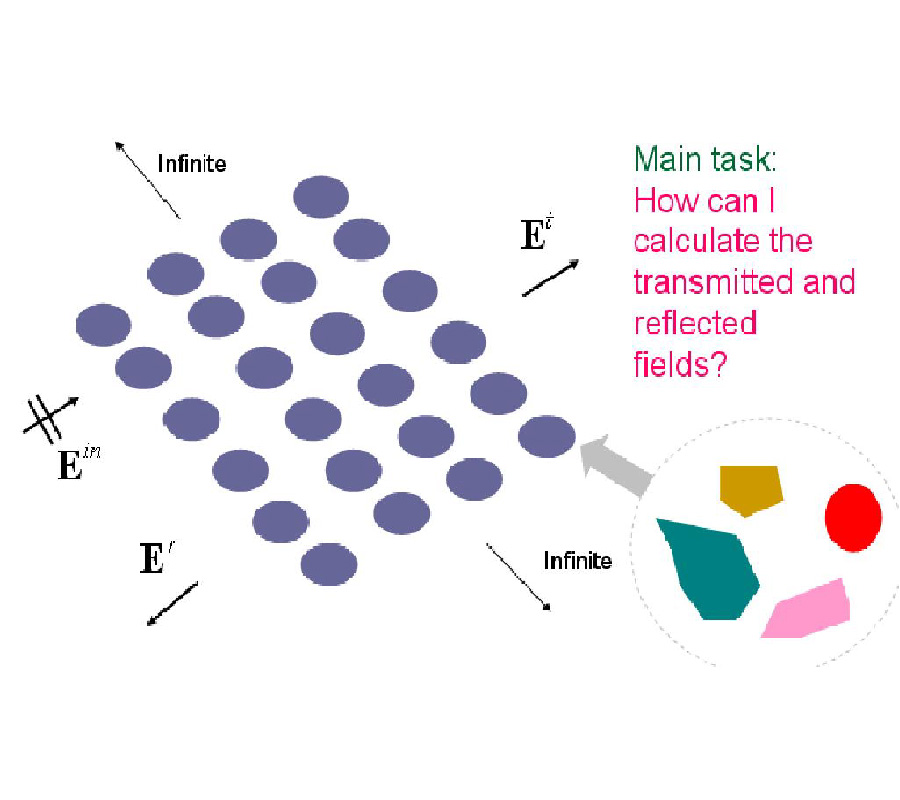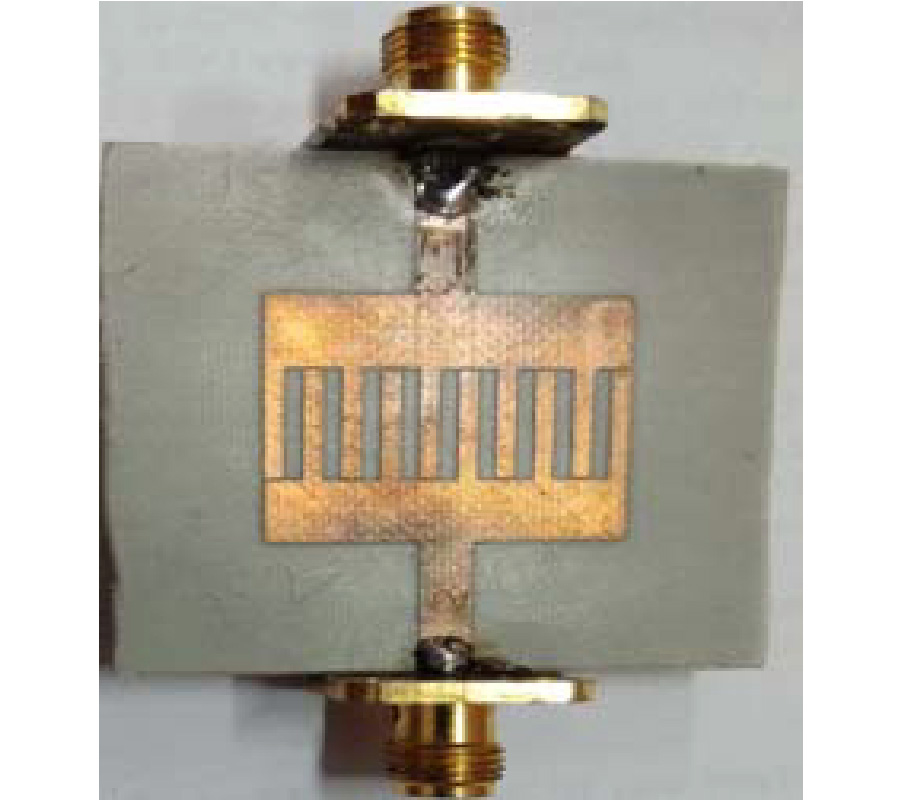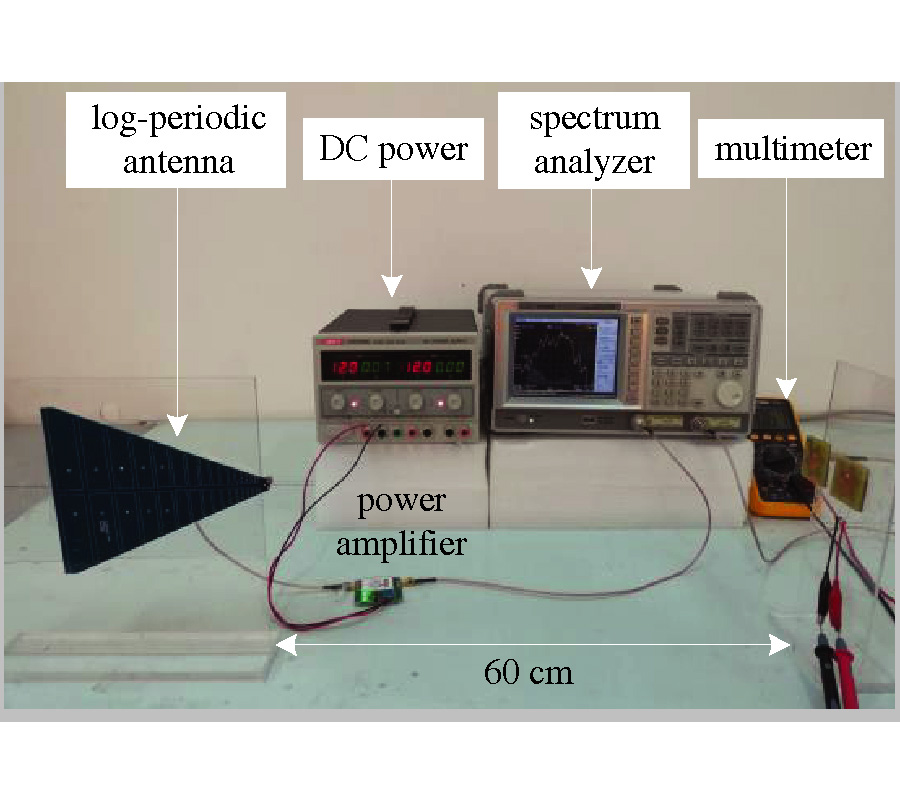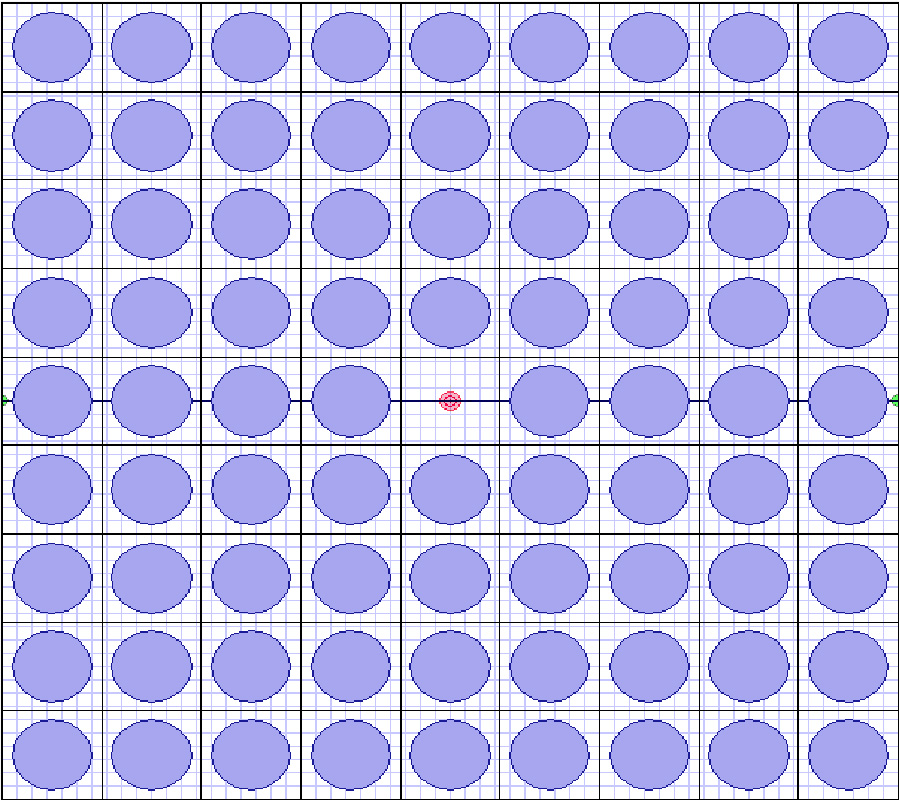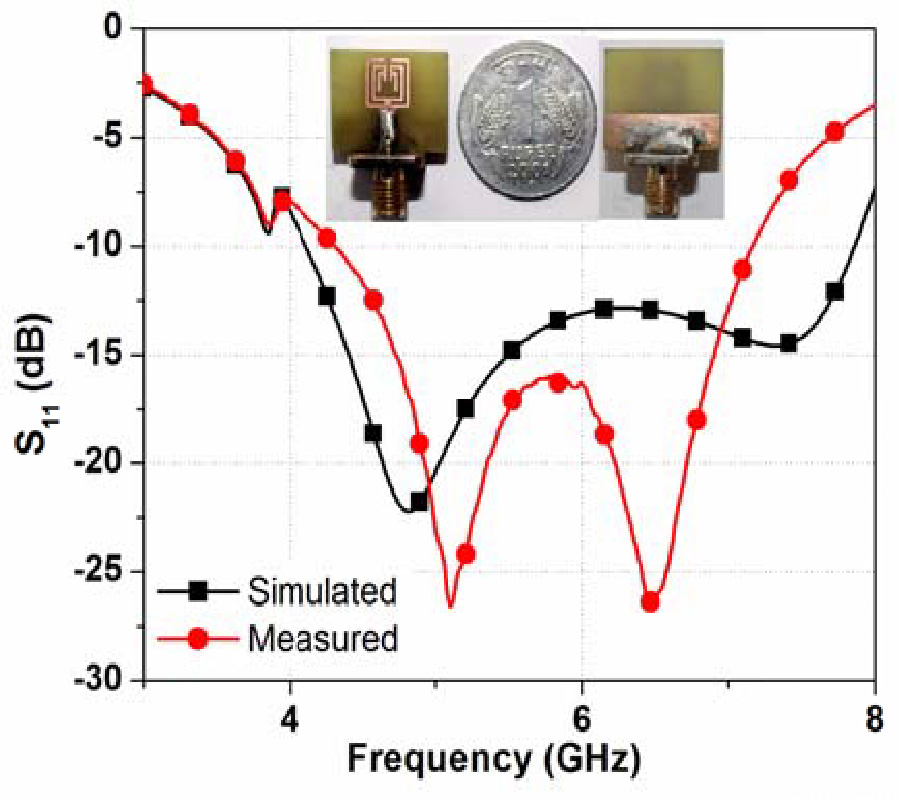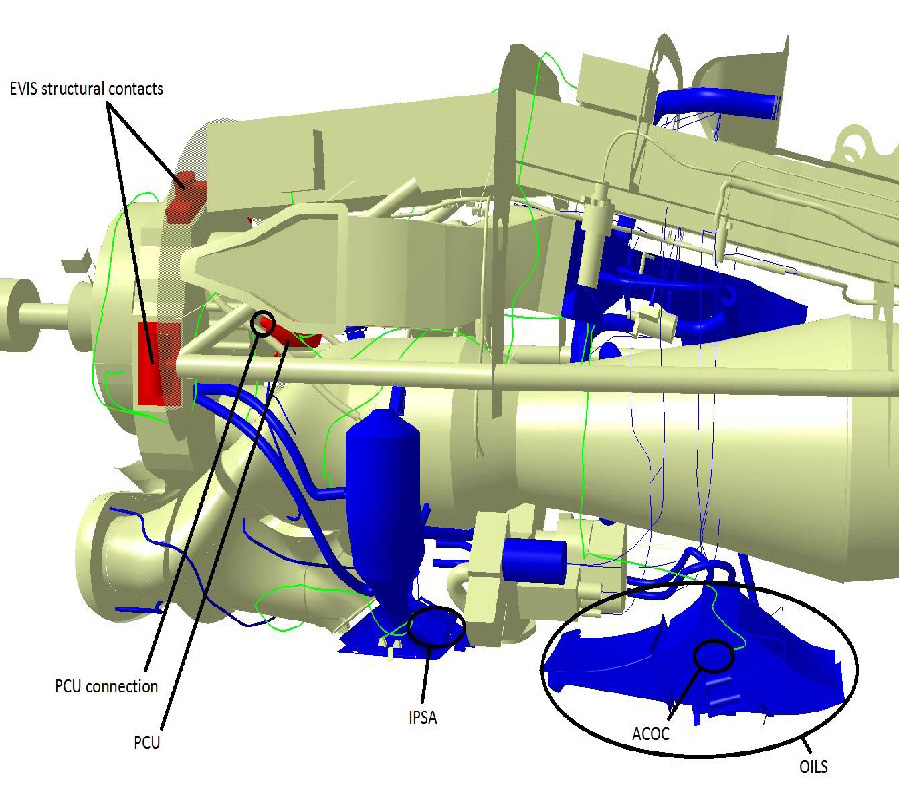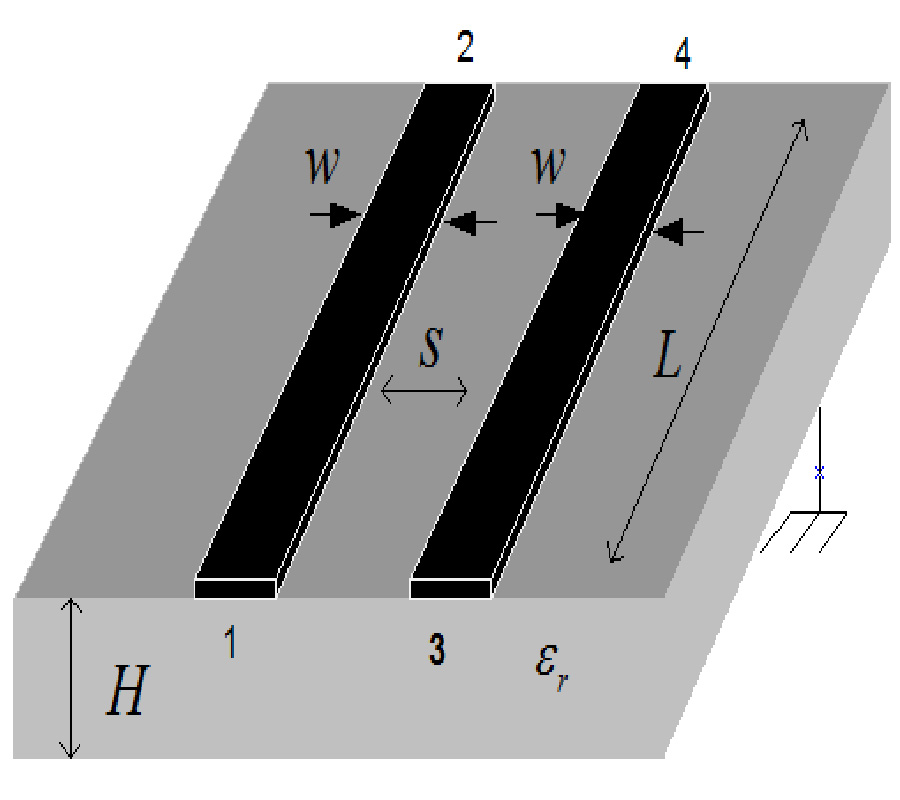Input Impedance of an Aperture Over
a Lossy Half-Space: Application to on-Body Antenna Performance at 60 GHz
Solofo Razafimahatratra
,
Julien Sarrazin
,
Guido Valerio
,
Francois Sarrazin
,
Massimiliano Casaletti
,
Philippe De Doncker
and
Aziz Benlarbi-Delai
This paper presents a theoretical approach to compare the performance of a directive and a quasi-omnidirectional on-body antennas.Two canonical antennas, namely, a dipole and a rectangular aperture, are considered in the 60 GHz band. We first demonstrate that for this on-body configuration, the classically-defined far-field antenna gain depends on the observation distance. Consequently, we derive results in terms of radiation efficiency and link budget. To do so, the antenna input impedance computation is a preliminary step to normalize the input power to allow a fair comparison between the two antennas. The impedance over a lossy half-plane of an aperture illuminated by a TE10 mode normally polarized is therefore derived into a convenient easy-to-compute formulation, which to authors' best knowledge, is not available in the literature. In terms of link budget, it is obtained that the received power due to an aperture is generally higher than the one due to the dipole in the main lobe direction. A constant difference is observed along the distance, and this difference increases with the aperture width for antennas touching the body. Besides, it is shown that the standard aperture waveguide WR15 exhibits a slightly higher efficiency than a vertical dipole with the same vertical size when being placed at a distance less than 3 mm (i.e., 0.6λ) from the body phantom surface. Above this distance, the dipole and the aperture exhibit similar efficiency in the order of 60%.
